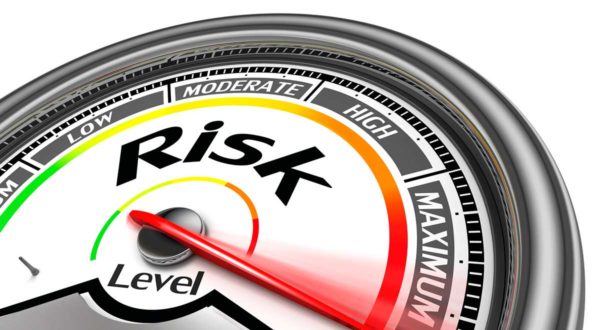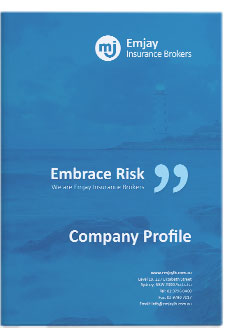We all take risks. Every single day. Risk is ever present and part of so many things we do.
Some of the risks we take are small. So small in fact that we’re not even aware of what we’re doing; our brains subconsciously assess and measure these risks and we don’t even realise it’s happening. There may only be a tiny chance of something going wrong – and even if it does, the consequences aren’t anything to really worry about.
Then there are the bigger risks, where the stakes are high. The rewards may be great, but the potential fallout if something goes wrong is even greater. These risks take more consideration and we consciously spend the time weighing up all the relevant factors before making a decision about whether to run the risk.
In business, as in life, risks are everywhere. And some of these risks have the potential to cripple your business. Being aware of the risks your business faces and being prepared for them is a critical part of running a successful business. How? By having a risk management plan in place.
But I don’t need to worry about risk management, do I?
Don’t make the mistake of thinking risk management planning is irrelevant simply because your business is on the smaller side.
The reality is that small to medium businesses are just as much at risk as larger enterprises – maybe even more so. Why? Because smaller businesses with fewer resources at their disposal can be less resilient than larger companies; they may not have the ability to bounce back from the damage caused when a risk comes to fruition.
While risks by their very nature can be unpredictable in terms of when they’ll happen, having a solid risk management plan in place to deal with risks when they arise can mean the difference between your business surviving tough times or having to close your doors.
So what’s a risk management plan all about?
As with most things in business, planning is a big part of risk management success. The more effort you put into the planning process, the more effective your plan will be – and an effective risk management plan could be a big factor in determining the success or failure of your business if the worst happens.
So what’s involved? Risk management planning involves:
- Step 1. Identifying and assessing potential risks
- Step 2. Working out how to manage and control those risks
- Step 3. Keeping an eye on how potential risks change and evolve over time
Seems simple enough, doesn’t it? But the devil’s in the detail. Don’t despair. Help is at hand. Over the next few weeks, we’ll be explaining each of these steps right here on our blog – so keep an eye out.
In an uncertain world where risks are ever changing, having a risk management plan in place is essential for every business. While it won’t necessarily prevent risks, it will help you to minimise the damage caused. Just think – it could be a lot worse. If you don’t have a risk management plan in place, the damage you suffer could be far more significant and your ability to handle that damage could be severely impacted.
So don’t get caught. Start thinking about your risk management plan today.
Emjay Insurance Brokers provides risk management advice and solutions to businesses of all sizes. They make it easy for you to access the advice and services you need to ensure your business is protected. Contact us to day to discuss your needs on (02) 9796 0400.
NEXT WEEK: Step 1. Identifying and assessing potential risks





